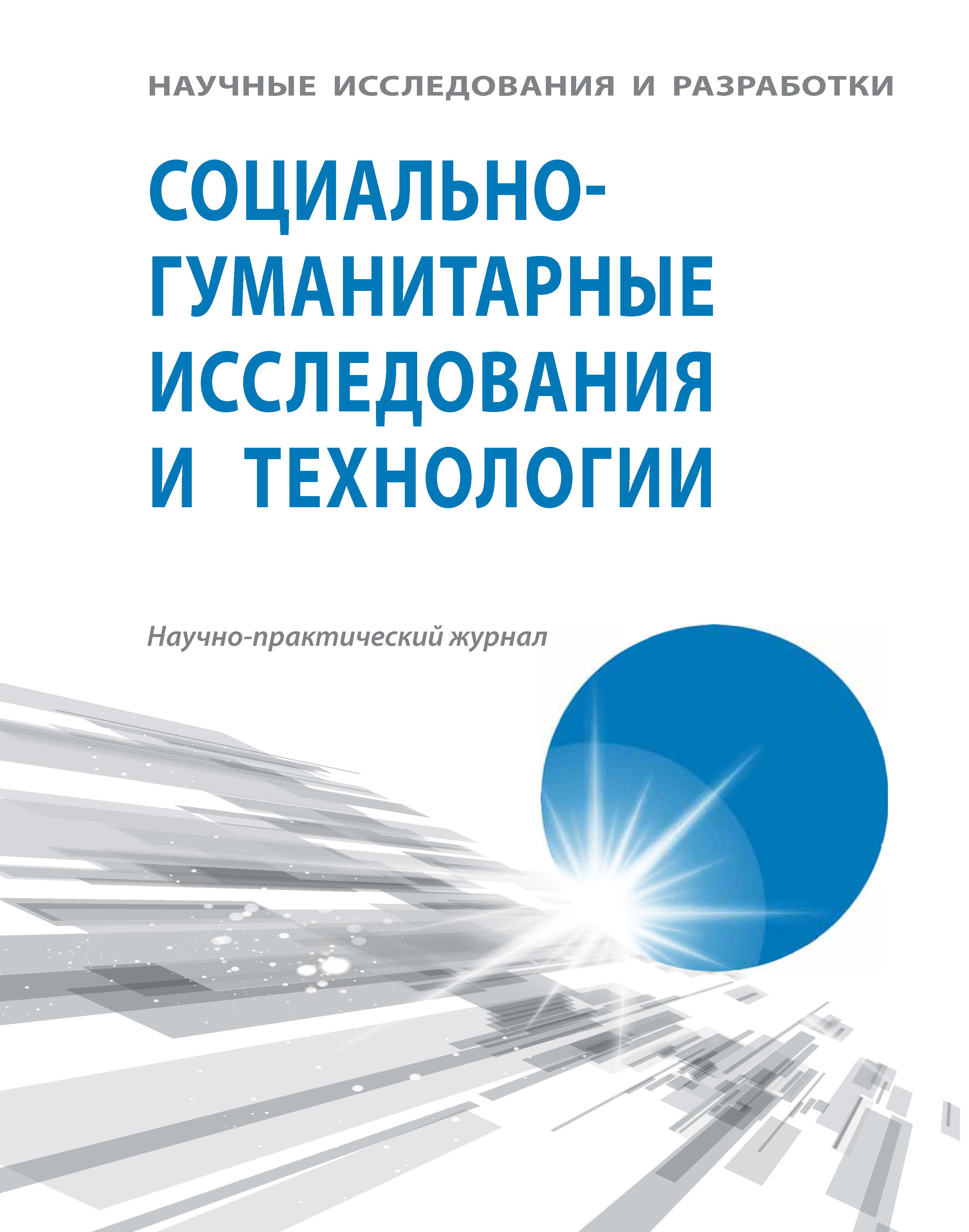Novosibirsk, Novosibirsk, Russian Federation
The article analyzes common form of internal system relations, specifically the inversions relationship. These relations are a manifestation of the systemic contradictions between the formal location of the element in the hierarchy and from its actual role in it. In complex systems there are several organizing principles. These have the potential to collide with each other, and this causes the inversion in this system. Lack of understanding of the mechanisms of development of inversions leads to the fact that the system state is assessed as chaotic. It is shown that knowledge of the conditions under which likely to develop inverse relations, it is necessary for creating an adequate picture of the system and preparation of a realistic forecast of its further functioning.
system forecasting, hierarchy, inversion, organizationalprinciples.
Вопросы системного прогнозирования охватывают, как известно, оценку перспективного состояния рассматриваемой системы. Главнейшим свойством любой системы является ее упорядоченность. Но в ряде случаев мы не в состоянии определить степень этой упорядоченности, вследствие чего для нас возможное будущее рассматриваемой системы видимым образом тонет в хаосе случайных событий. Очевидно, что необходимым условием составления адекватных прогнозов является достаточно полный анализ ныне действующих внутрисистемных отношений, что требует наличия некоторой модели данной системы, а также и теоретического конструкта, в принципе позволяющего производить подобное моделирование.
1. Adizes I. Upravlenie zhiznennym tsiklom korporatsii [Lifecycle Management Corporation]. St. Petersburg, Piter Publ., 2007. 384 p.
2. Butenko D.V. Ispol´zovanie inversionnogo mnogomernogo klassifitsirovaniya v kontseptual´nom proektirovanii [Using the inversion of multidimensional classification conceptual design]. Inzhenernyy vestnik Dona [Engineering vestnik Don]. 2012, I. 3, pp. 379-384.
3. Levi-Stross K. Strukturnaya antropologiya [Structural Anthropology]. Moscow, EKSMO-Press Publ., 2001. 512 p.
4. Novikov D.A. Setevye struktury i organizatsionnye sistemy [Network structures and organizational systems]. Moscow, IPU RAN Publ., 2003. 102 p.
5. Saati T. Prinyatie resheniy. Metod analiza ierarkhiy [Decisions. Analytic Hierarchy Process]. Moscow, Radio i svyaz´ Publ., 1993. 278 p.
6. Sevost´yanov D.A. Zakon Yerksa-Dodsona v pedagogike i analiz inversivnykh otnosheniy [Yerkes-Dodson Law in pedagogy and analysis inversive relations]. Sibirskiy pedagogicheskiy zhurnal [Siberian Pedagogical Journal]. 2014, I. 2, pp. 19-23.
7. Sevost´yanov D.A. Issledovanie aktivnosti cheloveka: inversivnyy analiz v kontekste postneklassicheskoy ratsional´nosti [Research of human activity: Inverse analysis in the context of post-nonclassical rationality]. Voprosy filosofii [Problems of Philosophy]. 2013, I. 9, pp. 117-124.
8. Sevost´yanov D.A. Osobennosti aksiologicheskoy ierarkhii [Features axiological hierarchy]. Filosofiya nauki [Philosophy of Science]. 2011, I. 3, pp. 3-15.
9. Sevost´yanov D.A. Protivorechie i inversiya [Contradiction and inversion]. Novosibirsk: ITs NGAU «Zolotoy kolos» Publ., 2015. 245 p.
10. Kheyzinga Y. Homo ludens. Opyt opredeleniya igrovogo elementa kul´tury [Experience the definition of gaming culture element]. St. Petersburg, Ivan Limbakha Publ., 2015. 416 p.






